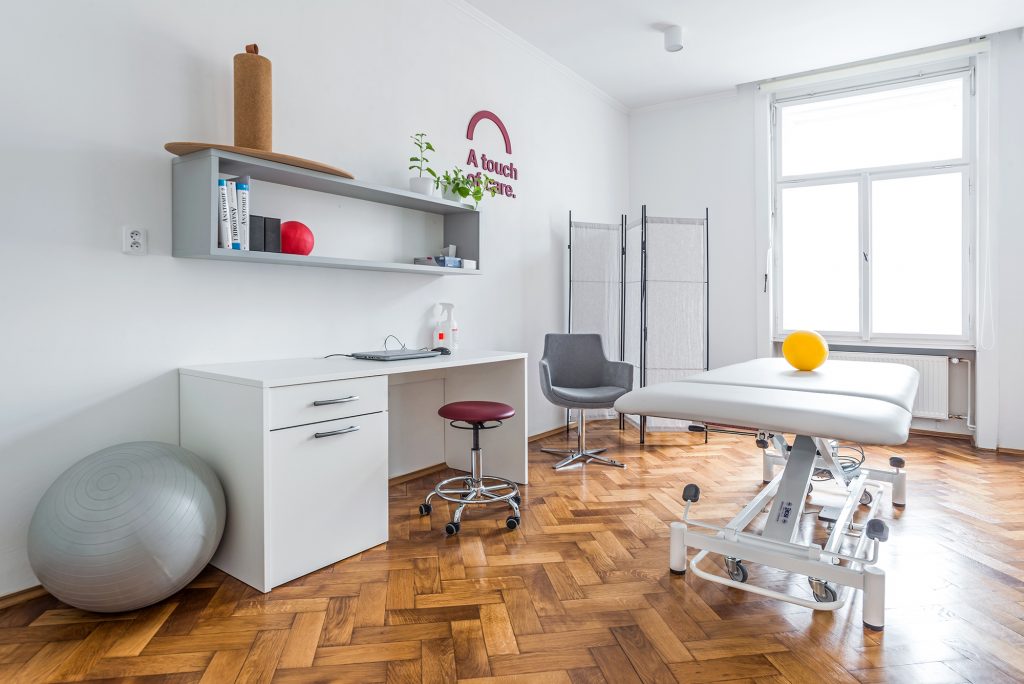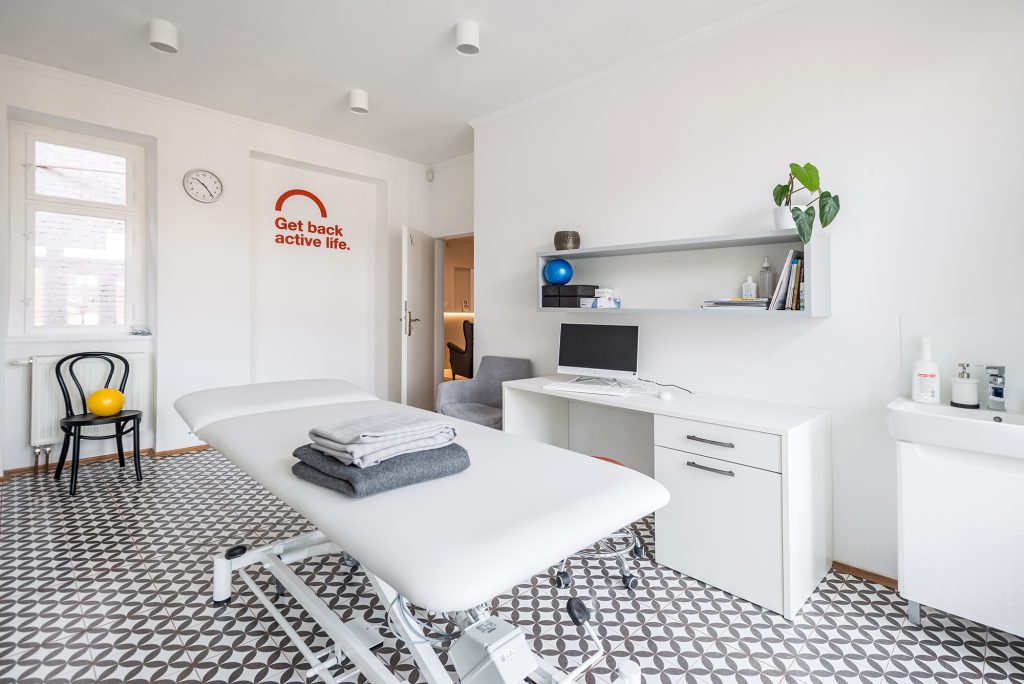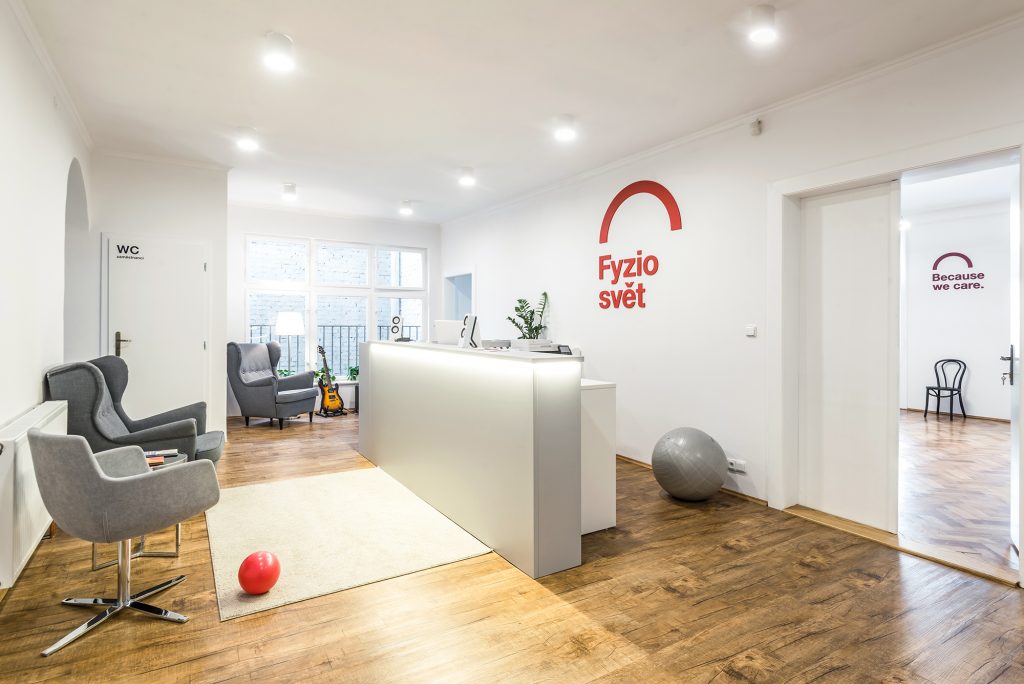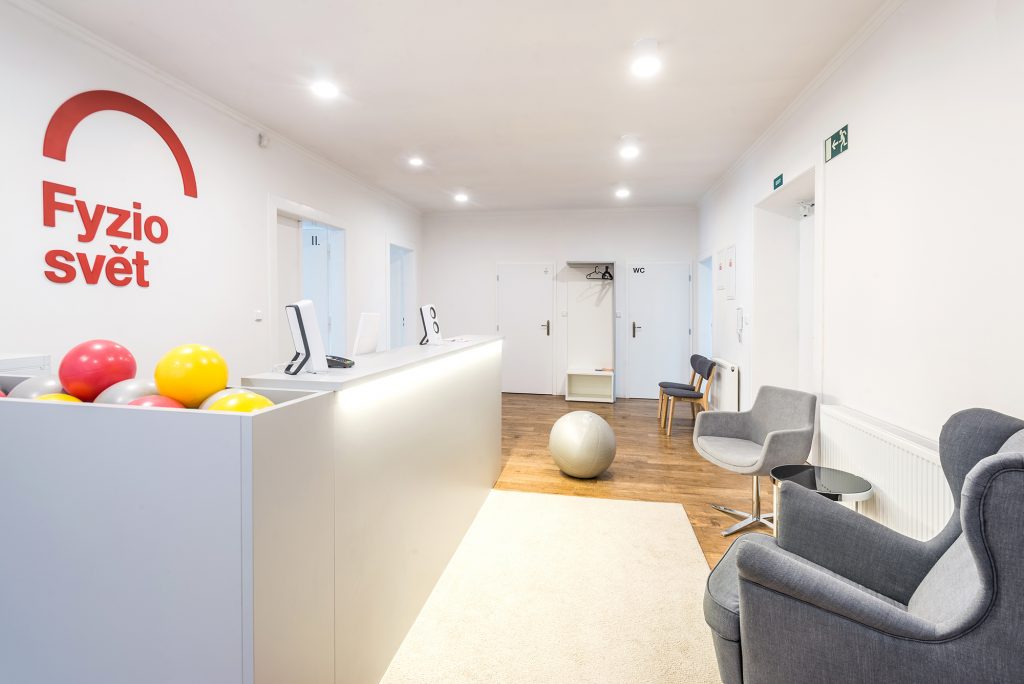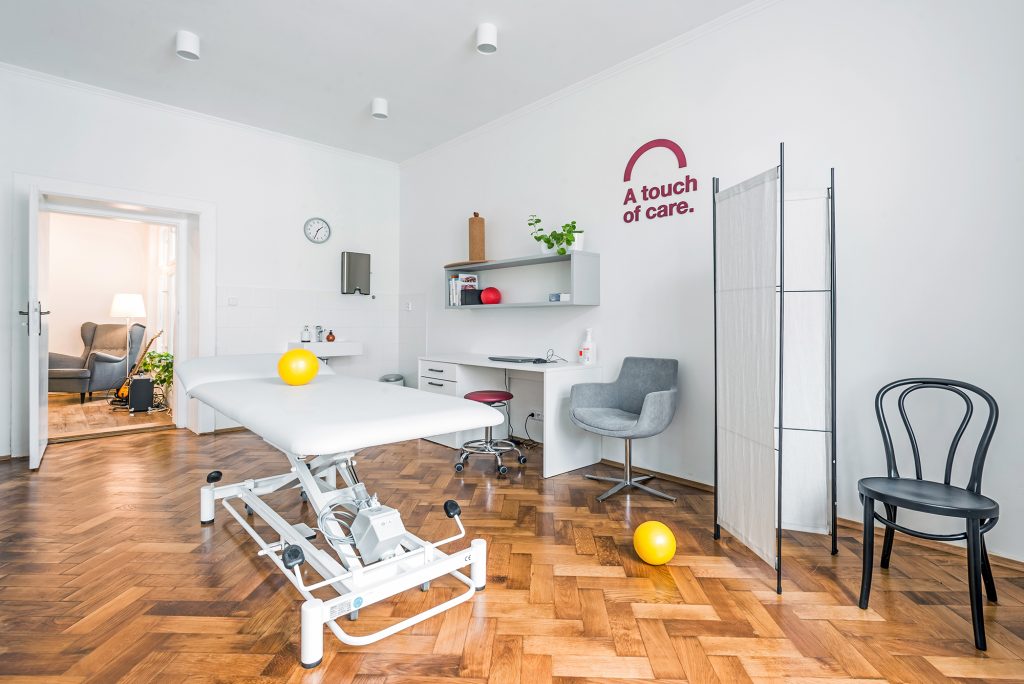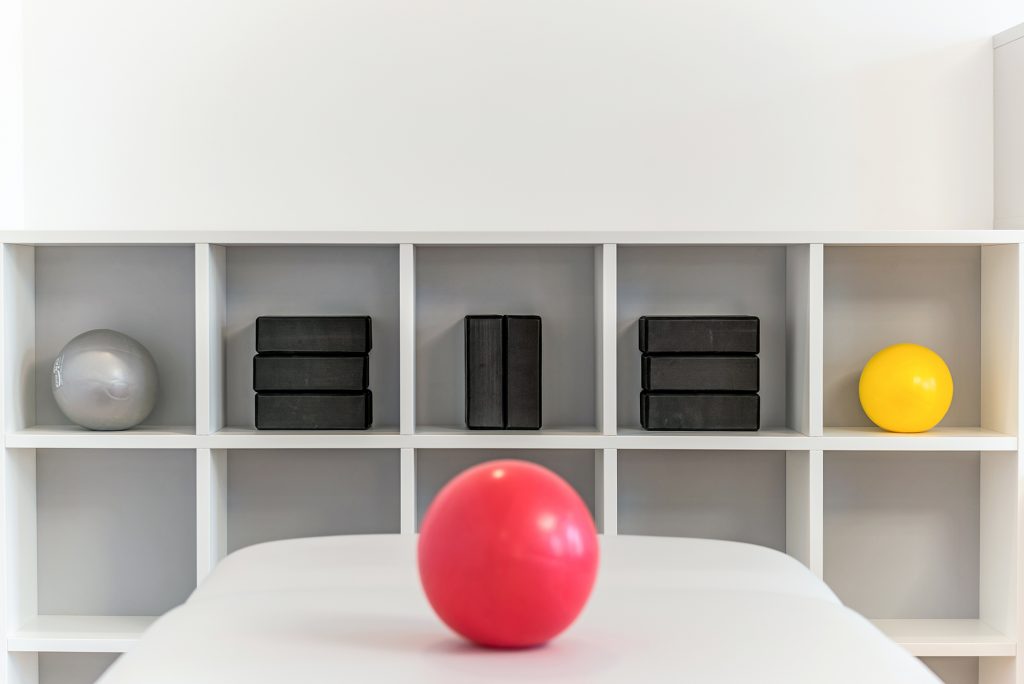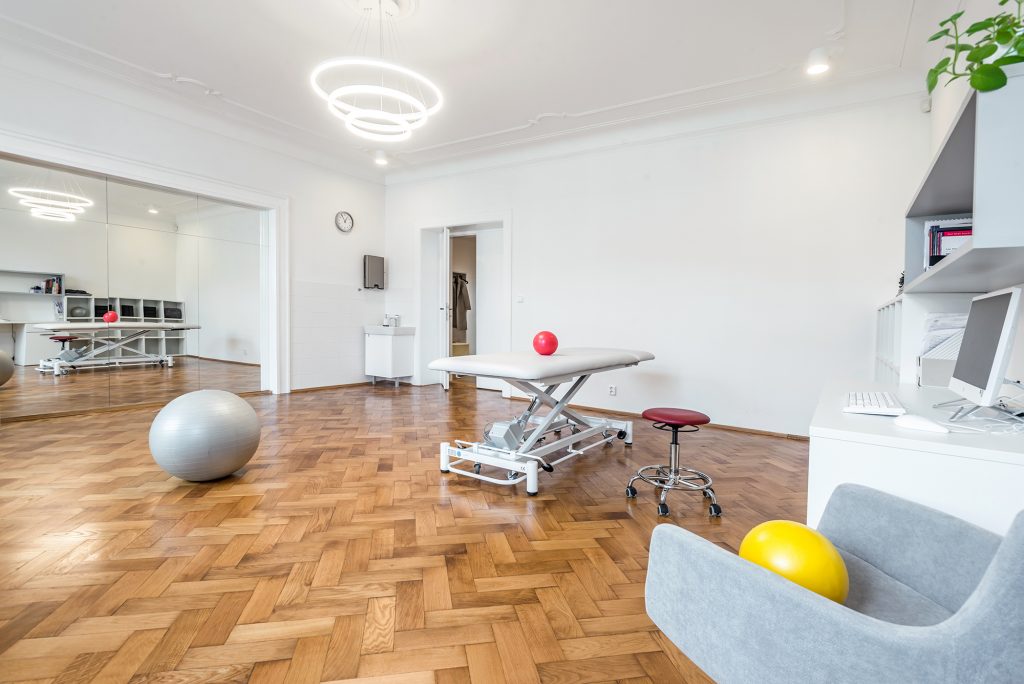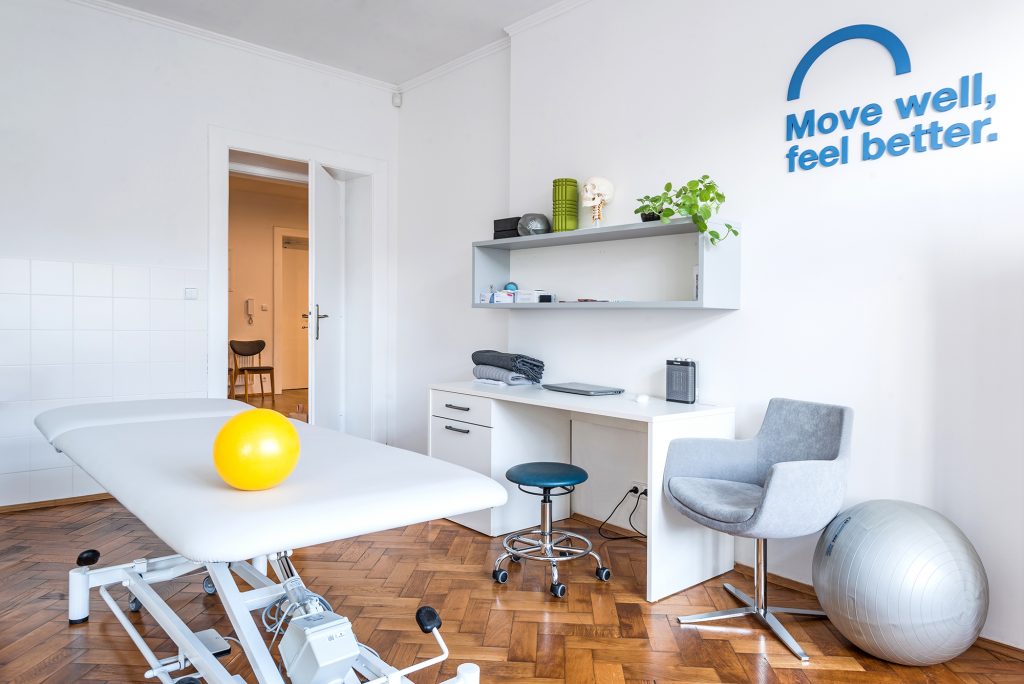Ice Therapy, Compresses, Priessnitz Wrap – A Quick Guide
How to Ice Properly
Cold therapy, or icing, is primarily used during the acute phase of post-injury or post-surgical recovery. It’s also beneficial during flare-ups of joint conditions, such as rheumatoid diseases. Icing involves applying a cooling agent, like an ice pack, that’s at least -10°C (14°F).
When to Ice?
Ice therapy should be applied immediately after an injury or surgery, especially when there’s pain and swelling. The affected joint or muscle will typically appear red, feel warm to the touch, and mobility may be limited.
Benefits of Icing:
- Reduces hematomas (ice constricts blood vessels, which helps stop bleeding)
- Decreases swelling
- Numbs the injured area, reducing pain
How to Apply Ice:
Place the ice pack (or a frozen item like peas or corn) over a few layers of cotton fabric for 10–15 minutes. After icing, take a break for about 30 minutes before reapplying. It’s crucial to protect your skin to prevent frostbite or cold burns.
For the best results, start icing 5–10 minutes after the injury. Ice therapy is most effective within the first 48 hours. Beyond that, regular icing becomes less effective, and cold compresses (2–3 times a day for 15 minutes) are recommended.
When to Use Cold and Warm Compresses
Cold Compress
Used after the initial 48-hour icing period. Cold compresses reduce swelling caused by increased blood flow to the injured area, minimize bleeding in the tissues, lower the temperature, and ease pain.
Warm Compress
Warm compresses are useful for sudden cramps, menstrual pain, chronic joint pain, strained muscles, or muscle tension. Heat dilates blood vessels, promoting blood flow to the injured area, aiding healing and relaxation. Warm compresses are not suitable for treating inflammation or fresh injuries, as heat can increase bleeding and swelling.
When Not to Use Compresses
- If your skin is severely damaged, inflamed, or infected
- If you have a sensitivity to temperature changes or circulation issues, often seen in diabetes
- Avoid ice packs on the left shoulder if you have heart disease
- Never apply ice to the front or sides of the neck
Priessnitz Wrap
Named after its inventor Vincenz Priessnitz, this is a cold wrap designed to improve circulation in the treated area. The increased blood flow alleviates pain, reduces muscle tension, and accelerates healing processes in the body. After an injury, it’s best to wait at least 48 hours before using a Priessnitz wrap, as icing is more effective during the initial period to reduce blood flow.
How to Apply:
Place a cloth soaked in cold water directly on the skin. Wring out the cloth before applying, cover it with plastic wrap, and then wrap the area in a dry layer, such as a towel or blanket.
If you want to enhance the anti-inflammatory effect on joints and muscles, you can apply an anti-inflammatory ointment (e.g., Ibalgin, Traumaplant, Diclofenac) instead of a wet cloth.
What Happens Inside?
Initially, the cold compress causes the blood vessels to constrict. Once the skin and compress temperatures equalize, the blood vessels dilate, leading to increased blood flow. Finally, the treated area warms up as circulation improves. This process takes time, so the wrap should remain on for 2–3 hours. When reapplying, wait at least 4 hours between treatments. If using the anti-inflammatory ointment version, 60 minutes is sufficient.
When to Use It:
For the musculoskeletal system, it helps release muscle tension around injured joints and alleviates chronic inflammation in joints, tendons, and muscle attachments. In cases of injury, apply the wrap only after 48 hours.
Priessnitz wraps are also used for various illnesses, such as tonsillitis, colds, fevers (above 38°C), chest pain from a dry cough, bronchitis, or sore throat.
We hope this brief guide clarifies when and how to use different types of compresses and icing methods to provide quick relief at home. If you still have questions, feel free to ask your physiotherapist.
